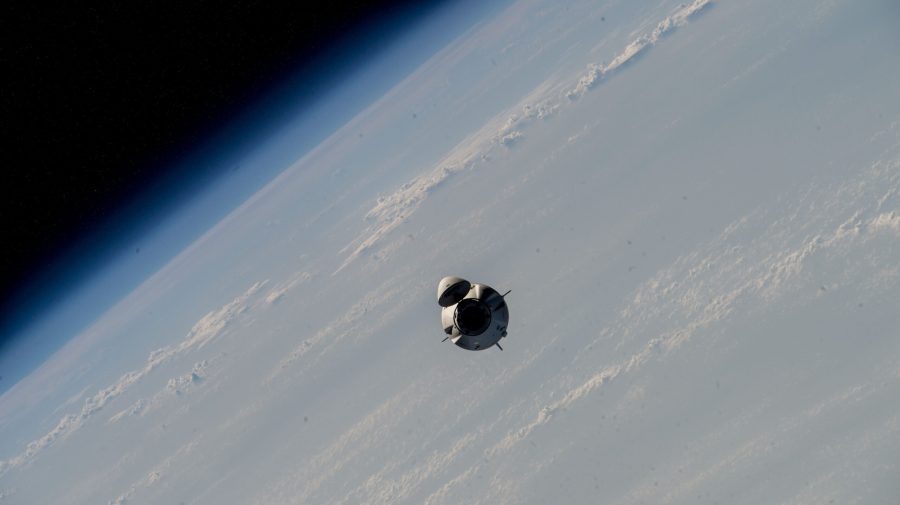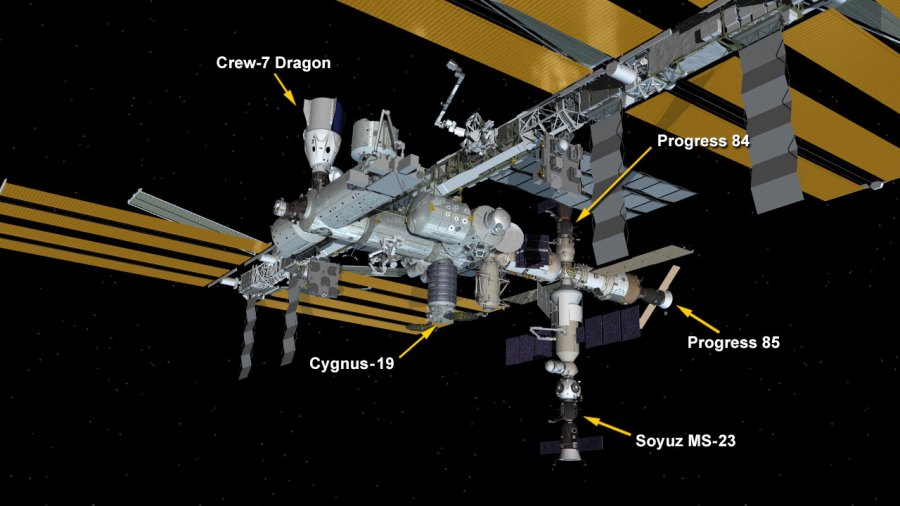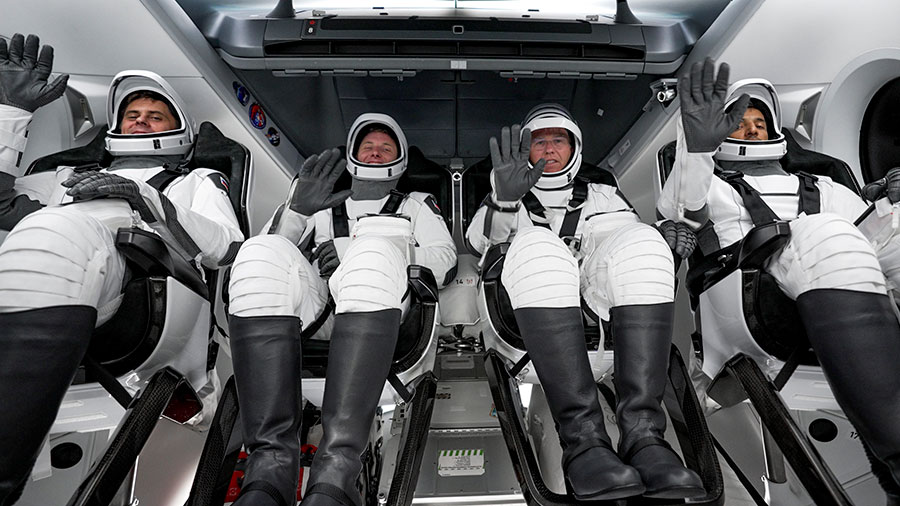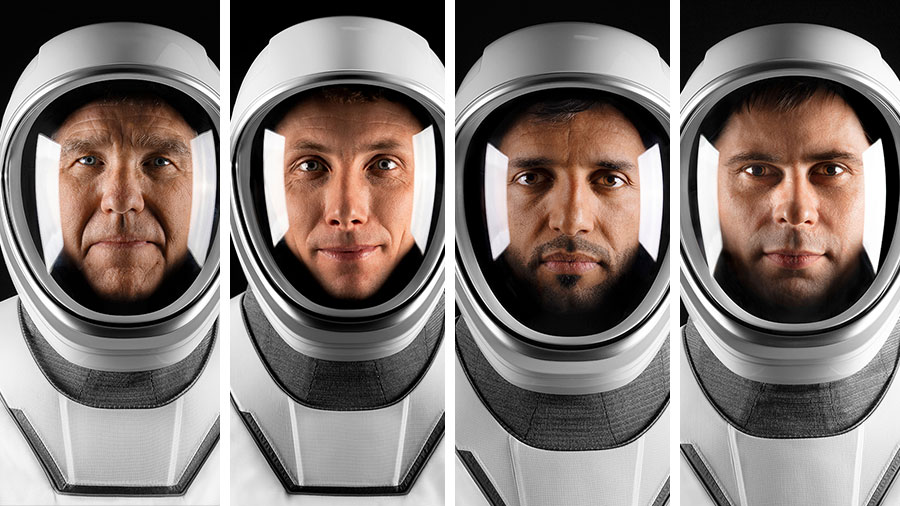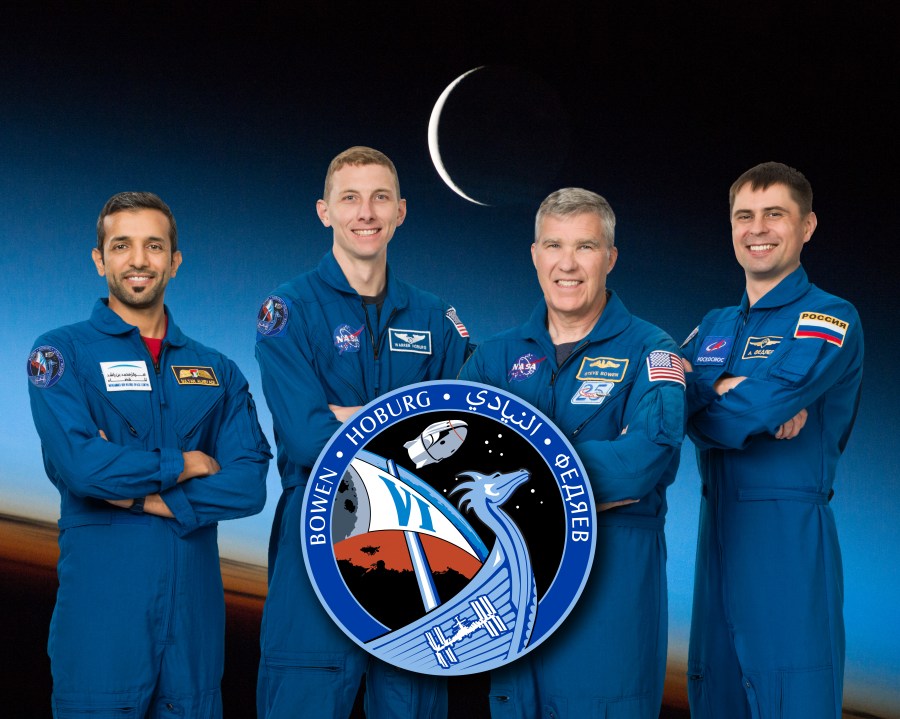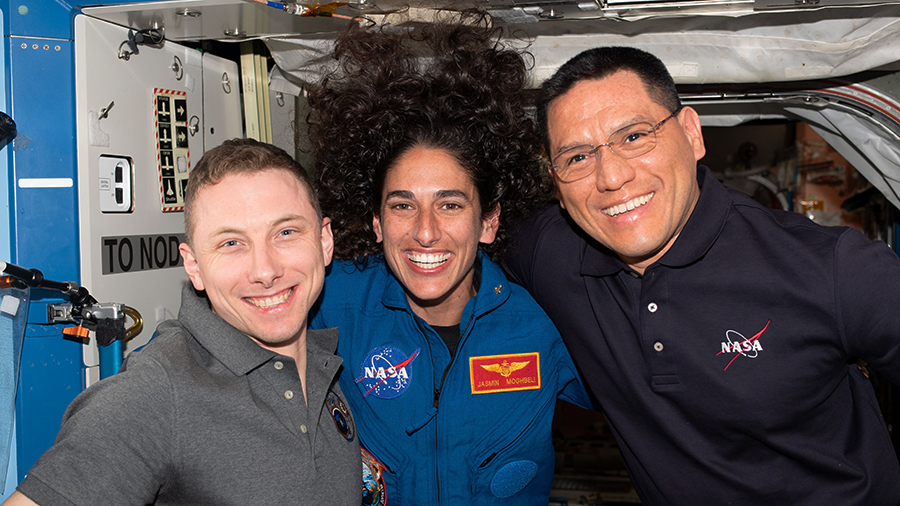Watch the agency’s live coverage as NASA astronauts Stephen Bowen and Woody Hoburg, UAE (United Arab Emirates) astronaut Sultan Alneyadi, and Roscosmos cosmonaut Andrey Fedyaev inside the SpaceX Dragon spacecraft work toward a splashdown in the Atlantic Ocean off the coast of Jacksonville, Florida, at about 12:17 a.m. EDT. Recovery forces are taking positions in the recovery zone. The …
Crew-6 Coming Up on Deorbit Burn for Splashdown
